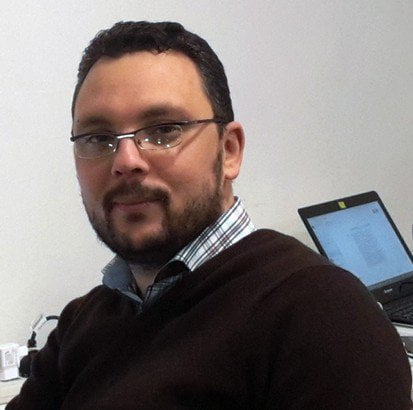Translation and Localization for Africa: The Republic of South Sudan
South Sudan, officially known as the Republic of South Sudan, is a landlocked country in northeastern Africa bordered by Ethiopia to the east, Uganda to the south, Sudan to the north, the Central African Republic to the west and the Democratic Republic of the Congo to the southwest.
South Sudan gained independence from Sudan in 2011. However, gaining independence did not end conflicts in South Sudan. The 2013-2015 civil war displaced over two million people and threatened the success of one of the world’s newest independent countries.
South Sudan Demographics
- The population is approximately 13 million.
- The GDP hit a record low of $9 billion in 2015.
- Juba is the capital and largest city with a population of roughly
360,000 people.
South Sudan Languages
- South Sudan is a multilingual country with over 60 indigenous languages spoken.
- English, which was introduced in the region during the colonial era, is the official language of South Sudan.
- An Arabic dialect known as Juba Arabic is spoken in Juba.
- The indigenous languages with the highest number of speakers are Dinka, Nuer, Bari and Zande.
South Sudan Culture
- South Sudan is made up of a mix of rich and deeply rooted traditional tribal cultures.
- A majority of people are classified as either following traditional indigenous beliefs or Christianity and 18% are Muslim.
- Polygamy is the most common form of marriage in South Sudan.
- 52% of girls in South Sudan are married before their 18th birthday. (UNICEF)
- The flag of South Sudan is said to be older than the country itself as the flag was adopted in 2005 after the agreement between Sudan and South Sudan, but the country didn’t gain independence until 2011.
South Sudan Consumers
- The official currency is the South Sudanese pound.
- Only 17% of the population have access to the internet.
- The economy is one of the world’s most underdeveloped, due to little existing infrastructure. Most villages in the country have no electricity or running water.
- The main industries are: oil, cotton ginning, textiles, cement, edible oils, sugar, soap distilling, shoes, petroleum refining, pharmaceuticals, armaments and automobile/light truck assembly.
South Sudan’s Future
South Sudan is still a young country with high rates of turmoil and poverty. It has the third largest refugee crisis with more than two million people internally displaced, after Syria and Afghanistan. Long-term challenges for peace and economic success include diversifying income resources, fighting poverty, improving the business environment and renouncing harmful social practices. The country must handle its massive humanitarian crisis before it can hope for a prosperous future.
Sources:
https://www.britannica.com/place/South-Sudan
https://www.cia.gov/library/publications/the-world-factbook/geos/od.html
